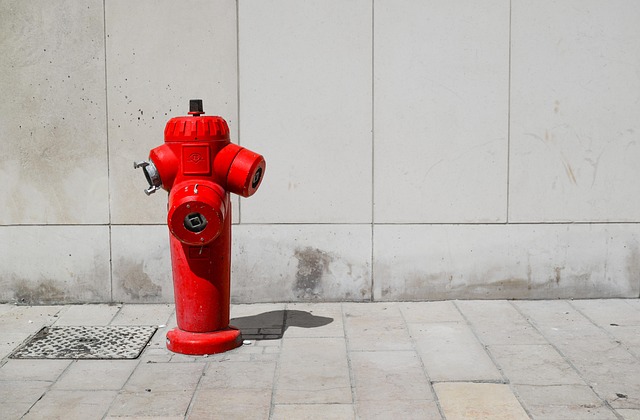Tree roots causing low water pressure is a common plumbing problem. Older trees close to buildings may damage pipes with their extensive root systems. Regularly monitor water pressure and look for signs like weak spray, running toilets, slow drainage, or gurgling pipes. Preventative measures include professional detection, root removal, pipe repair/replacement, annual inspections, clearing of pipes, using root barriers, and quickly repairing leaks in underground pipes. These strategies ensure consistent water flow and prevent low pressure issues.
Tree roots and underground pipe issues are silent intruders that can significantly impact your water flow, leading to low pressure and potential damage. Understanding how tree roots infiltrate pipes and recognizing signs of distress in your plumbing system is crucial for proactive solutions. This article delves into the root causes (pun intended) of low water pressure, offering insights on identifying and mitigating these common issues. By exploring effective strategies, you can ensure a steady flow of water without the hassle of unexpected interruptions.
- Understanding Tree Roots and Their Impact on Water Pipes
- Identifying Signs of Underground Pipe Damage
- Solutions and Prevention Strategies for Water Flow Issues
Understanding Tree Roots and Their Impact on Water Pipes

Tree roots are a common cause of low water pressure and other plumbing issues. These organic intruders can infiltrate pipes, causing blockages or structural damage over time. As trees grow, their roots seek out moisture and nutrients, often extending far beyond the tree’s canopy. When these roots come into contact with underground pipes, they can cause significant problems. The roots may envelop the pipe, gradually narrowing it or even breaking off pieces, leading to leaks or clogs. This can result in reduced water flow or complete blockages, especially if the roots have grown extensively within the pipe.
Identifying and addressing tree root issues early is crucial in preventing more severe causes of low water pressure. Regular maintenance involves inspecting pipes for any signs of damage or root intrusion. If left unattended, these problems can escalate, leading to costly repairs or even emergencies. Homeowners should be mindful of nearby trees and their potential impact on plumbing systems, ensuring proper tree care and regular assessments to maintain optimal water flow.
Identifying Signs of Underground Pipe Damage

If you’re noticing a sudden drop in water pressure, it could be an indication of underground pipe damage caused by tree roots. Trees, especially older ones, tend to grow close to structures and can extend their root systems under pipes, leading to potential issues over time. The roots can crack or narrow the pipes as they grow, obstructing water flow and resulting in low pressure at your taps.
Look out for signs like a weak spray from your showerhead, running toilet flusher, or slow drainage in sinks and bathtubs. These could be early warnings of root intrusion or pipe damage. Additionally, if you hear gurgling sounds coming from pipes or see water soaking into the ground near fixtures, it’s time to investigate further as these might point to more significant problems beneath the surface.
Solutions and Prevention Strategies for Water Flow Issues

Solutions and Prevention Strategies for Water Flow Issues
If you’re experiencing low water pressure, addressing tree root intrusions could be a game-changer. The first step is to consult with professionals who can accurately identify affected areas using advanced detection methods. Once identified, removal of the offending roots is crucial, followed by repiping or fixing existing pipes to restore optimal water flow. Regular maintenance, including inspecting and clearing pipes annually, is an effective prevention strategy. Using root barriers around your home’s plumbing system can also deter tree roots from causing damage.
Additionally, checking for leaks in your underground pipes is essential. Prompt repair of these leaks prevents water wastage and reduces the risk of further corrosion or damage, which could lead to more serious flow issues. Staying vigilant and implementing these strategies can help ensure a steady and strong water flow in your home, eliminating inconveniences caused by low pressure.
Tree roots and underground pipe issues can significantly impact water flow, leading to low pressure and potential damage. By understanding the interplay between these natural elements and our plumbing systems, we can proactively address problems through regular inspections, prompt maintenance, and effective prevention strategies. Implementing these measures not only ensures a steady water supply but also prolongs the lifespan of our underground pipes, ultimately saving costs and preserving our environment. Remember, addressing root intrusions and pipe damage promptly is key to avoiding more serious—and costly—causes of low water pressure.
